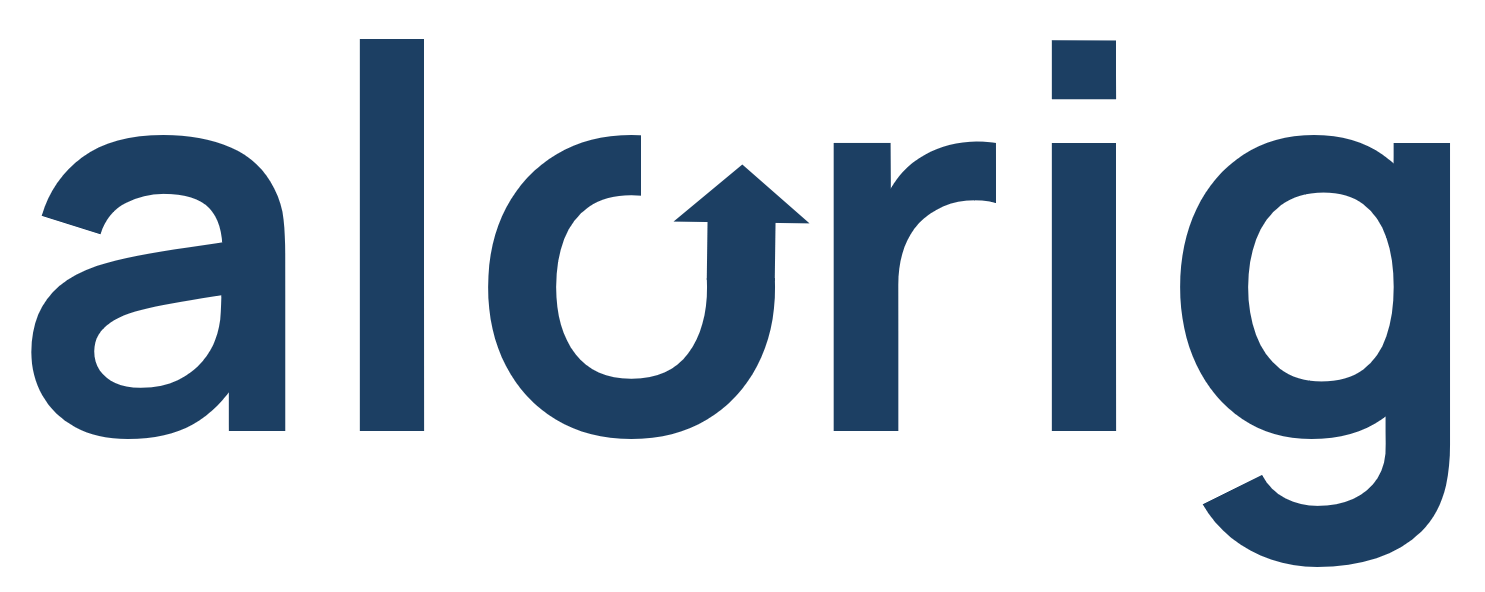How AGS Structures Visibility That Grows With Behavior
AGS expresses SEO as an environment. Every part — from content trees to variant flows — is shaped through internal logic.
It builds from semantic anchors. Topic hubs extend from core signals. Prompts generate layered outputs tied to audience, timing, and structure. Schema and metadata carry meaning through every page and path.
The system behaves with rhythm. As usage evolves, visibility follows — precise, coherent, and aligned to how people search.
Modular From Signal
Semantic input defines the site structure. Topic hubs, archives, and link paths form a connected field of relevance.
Variant Expansion
Prompts include seasonal, regional, and role-based dimensions. Each version is complete, indexable, and structurally mapped.
Content From Structure
Pages are formed through defined logic blocks — with prompt roles, schema at render, and layered insertions based on intent.

What Powers the AGS System
AGS is a composition of functions that hold visibility as structure.
Each part builds the environment from signal — sustaining meaning, mapping discovery, and refreshing clarity through time.
These aren’t steps. They are active roles in a system that behaves as one field.
Design Principles That Sustain AGS Over Time
The system stays coherent because its logic stays visible.
It evolves through alignment, expands through rhythm, and refines through clarity.
AGS Core vs. AGS Pro SEO Systems
| Features | AGS Core ($8,000) | AGS Pro ($20,000) |
|---|---|---|
| 1. Visibility Engine Foundations | ||
| Internal Linking Framework (Cluster Maps) | 4 Clusters | 7 Clusters |
| Cluster Pages Structured & Mapped | 16 Pages | 35 Pages |
| Attributes / Taxonomies Defined | ✓ | ✓ |
| Internal Linking Blueprint | ✓ | ✓ |
| 2. Opportunity Intelligence Layer | ||
| Verified Gap Categories Identified | 4 | 7 |
| Advanced SERP Gap Matrix | ✓ | ✓ |
| Fast Visibility Potential (1-4 Weeks) | ✓ | ✓ |
| 3. Structural Mapping & Clustering | ||
| Cross-Mapping Across Categories | ✗ | ✓ |
| Product-to-Cluster Mapping | ✓ | ✓ |
| 4. Supporting Content Strategy | ||
| Cluster Page Content Written | ✓ | ✓ |
| Category / Attributes / Terms Content | ✓ | ✓ |
| Blog Content Written New/Refresh | 40/80 | 100/200 |
| 5. Future Scalability & Ops Layer | ||
| Speed / Technical SEO Optimization | ✓ | ✓ |
| Sitemaps, Schema, Tags Setup | ✓ | ✓ |
| 6. Authority Signals (Hive Layer) | ||
| Editorial / Niche Blogs (Backlinks) | 10 Domains | 25 Domains |
| Business / Local Sites (Backlinks) | 5 Domains | 15 Domains |
| Link Networks / Media Sites (Backlinks) | 10 Domains | 20 Domains |
| 7. Growth Potential & Timeline | ||
| 30-90 Day Expected Impact | +50% Growth Potential | +100% Growth Potential |
| 180 Day Scalability | Scalable Ready | Scalable Ready + Hive |
| Monthly Reporting (Dashboard) | ✓ | ✓ |



